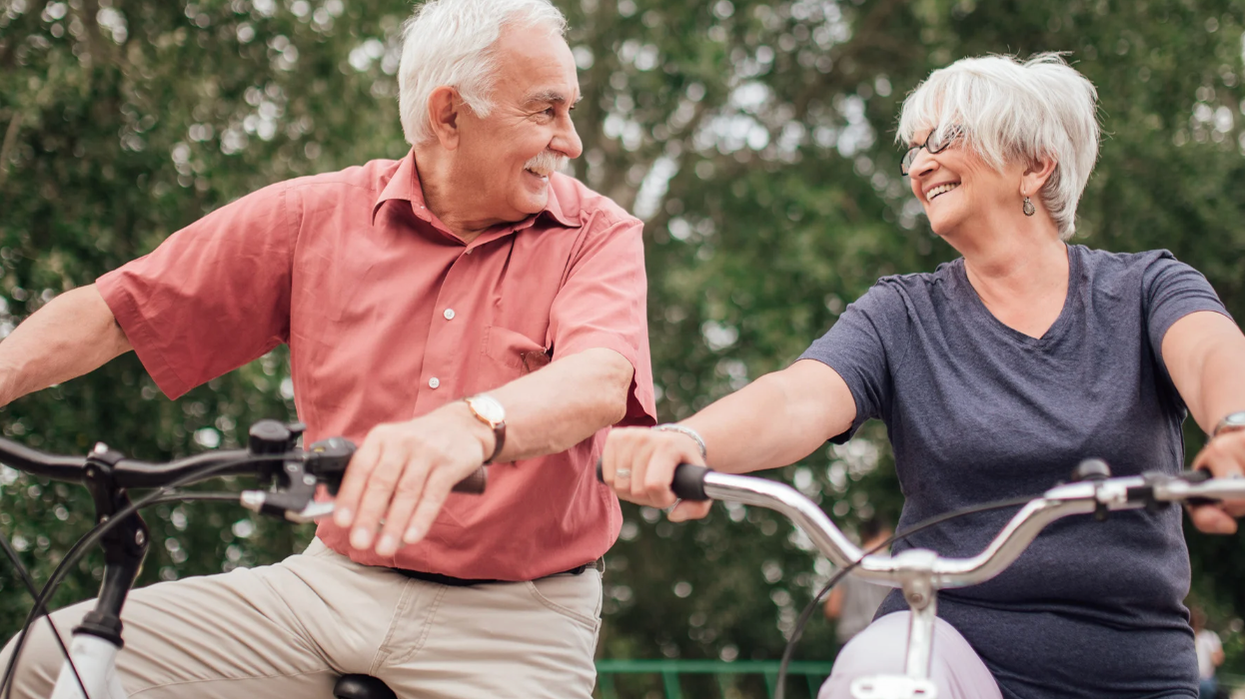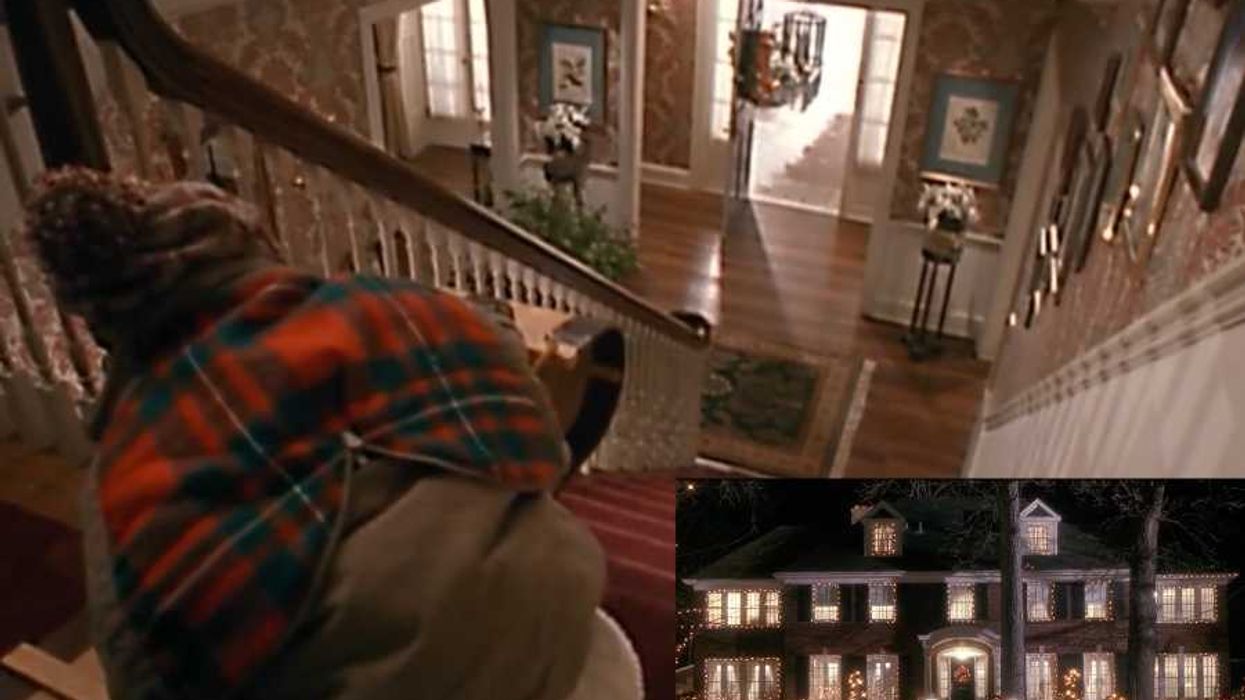How can design contribute to changing a neighborhood for the better? In 2010, we started Neighborhood Labs, a research project with a focus on design for social sustainability and as a framework for citizen empowerment. We started by looking at it through the lens of design researchers, addressing questions about sharing, knowledge exchange, and the role of design.
We didn’t look at sustainable neighborhoods from a structural sense—designing buildings, pathways, benches, or community meeting points—but rather in the sense of communication, social interaction, and political empowerment. How could we build flexible, open, and re-configurable designs that give communities the capability of developing resilient action?
At first we were meeting members of the local seniors computer club in order to find out how they use communication technology and how to design solutions that would support them. Through interviews and discussions with members of the club as well as with other inhabitants of the area, we soon realized that there was a bigger problem to be dealt with. The area seems to be foster isolation, anonymity and lack of communication which the seniors computer club tried to work against by meeting around a specific topic of interest.
We slowly began to integrate into the community, at first just by being present at the club, then by handing out information about the goal of our project, and finally by setting up a monthly workshop that is open to anybody interested.
After this process of integration, we began to understand the problem in its different facets and were address skeptics (other groups have tried to improve the situation before and failed). The playful way in which we were investigating the problems—through creative neighborhood mapping workshops, collaborative paper prototyping or co-design workshops—initiated and deepened trust in our work and provided us with a stable group of interested inhabitants.
After about two years of workshops, observations and interventions (e.g. chalkboards that we put up at several spots), the prospective outcome of our project was beginning to take shape. Addressing the diverse problems of missing communication and interaction, of isolation and powerlessness, especially among older inhabitants, with only one designed solution would not be enough.
We had to ask ourselves how we, as designers researchers, could help enable these inhabitants to discuss and tackle their shared problems, to make them public and create possibilities for collective action—which, in our hypothesis, ultimately may lead to a strengthened social structure in the neighborhood.
Considering the demographic structure of the area, we also have to ask ourselves the question of how to provide access to a communication infrastructure not only for digital natives, but also for citizens who have never touched a laptop or mobile phone before: our contribution would have to be an open-source system and allow digital but also analog access, incorporate existing means of communication, but also use new technologies to adapt old ones, and it should make adaption and experimentation by citizens possible.
In order to get some basic elements of the system going, we are working on designing several access points for this system: a web-platform where all the threads of information will converge and a mobile app which can provide contextual information about local problems, small interventions that bridge the gap between analog and digital (digital postbox, sensor-equipped poster board or a mobile polling booth), as well as locals that act as agents in this socio-material infrastructure.
The solutions are being built to help inhabitants to connect and interact through making problems visible, discussable and thus public. As an example, an individual who feels a strong discontent about the rundown state of the public playgrounds in the neighborhood can post this viewpoint on the website, from which gets spread to other media, e.g. a “hybrid” posterboard that is equipped with RFID technology. This then would display this opinion and provide participating inhabitants with the opportunity to communicate interest and to be both contributing as well as updated on its progress.
Followers of the idea can thus gather virtually and personally around the “playground issue” and enrich it with information (Who owns them?) and discursive viewpoints (Who needs them?). As the support and publicity for the issue grows, so does the ability for inhabitants to act on it. Some of these elements and parts of the process are already working, some are in a phase of early prototyping and others are still purely conceptual. Along with the residents of Fisher Island we will iteratively adapt the system’s elements, design new ones and slowly work towards a communal, collaborative solution which helps to change the neighborhood for the better.
Hang out with your neighbors on the last Saturday of April (a day we're calling "Neighborday"). Click here to say you'll Do It, and we'll send you GOOD's Neighborday Survival Guide and a bunch of other fun stuff.
















 Otis knew before they did.
Otis knew before they did.